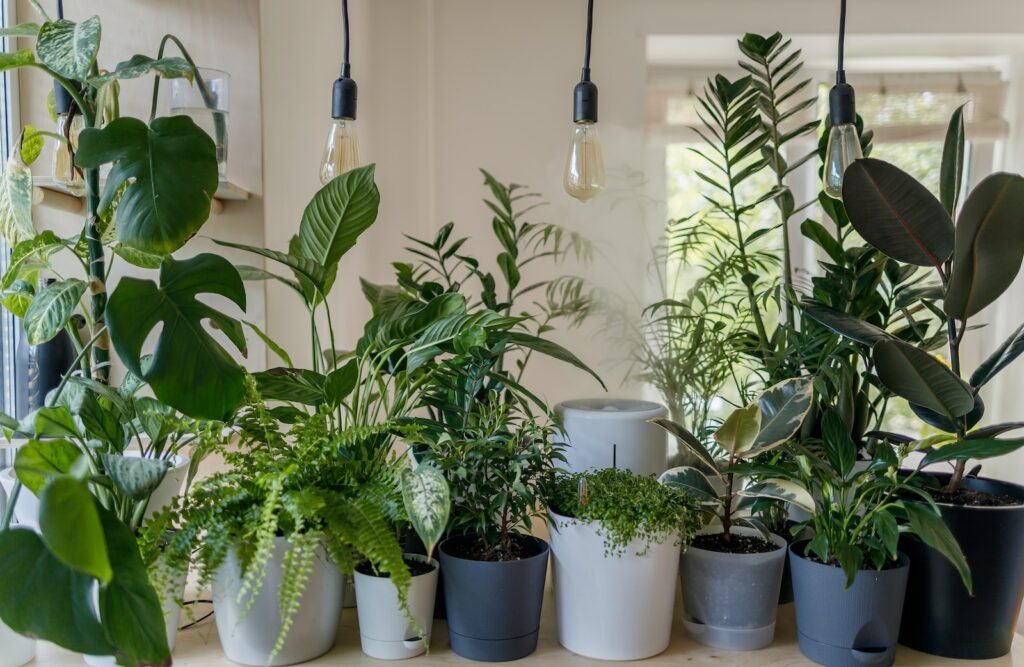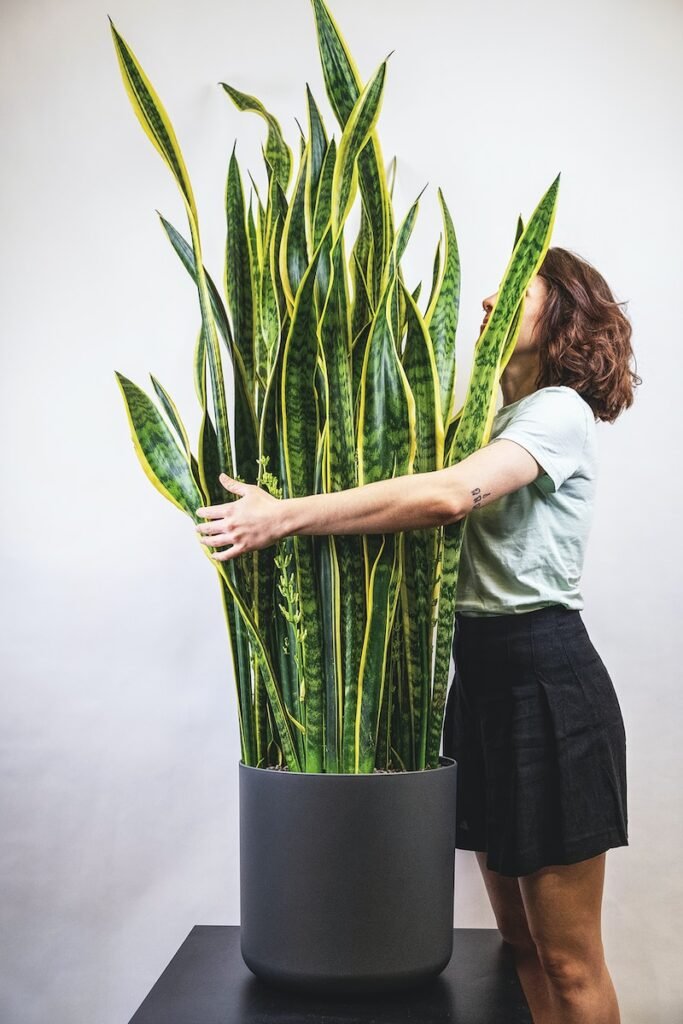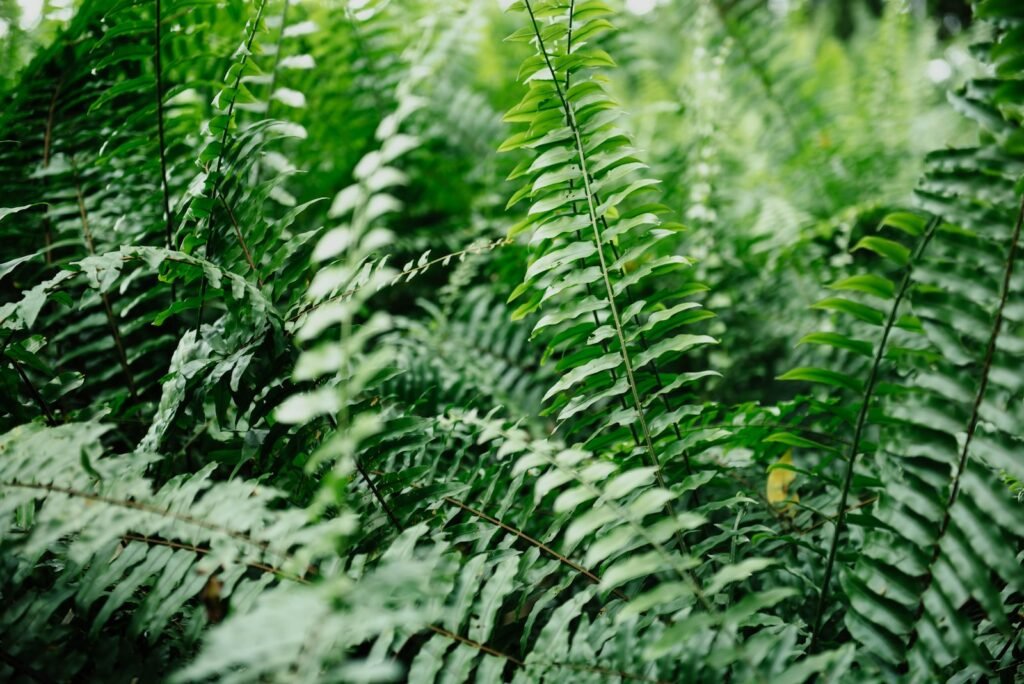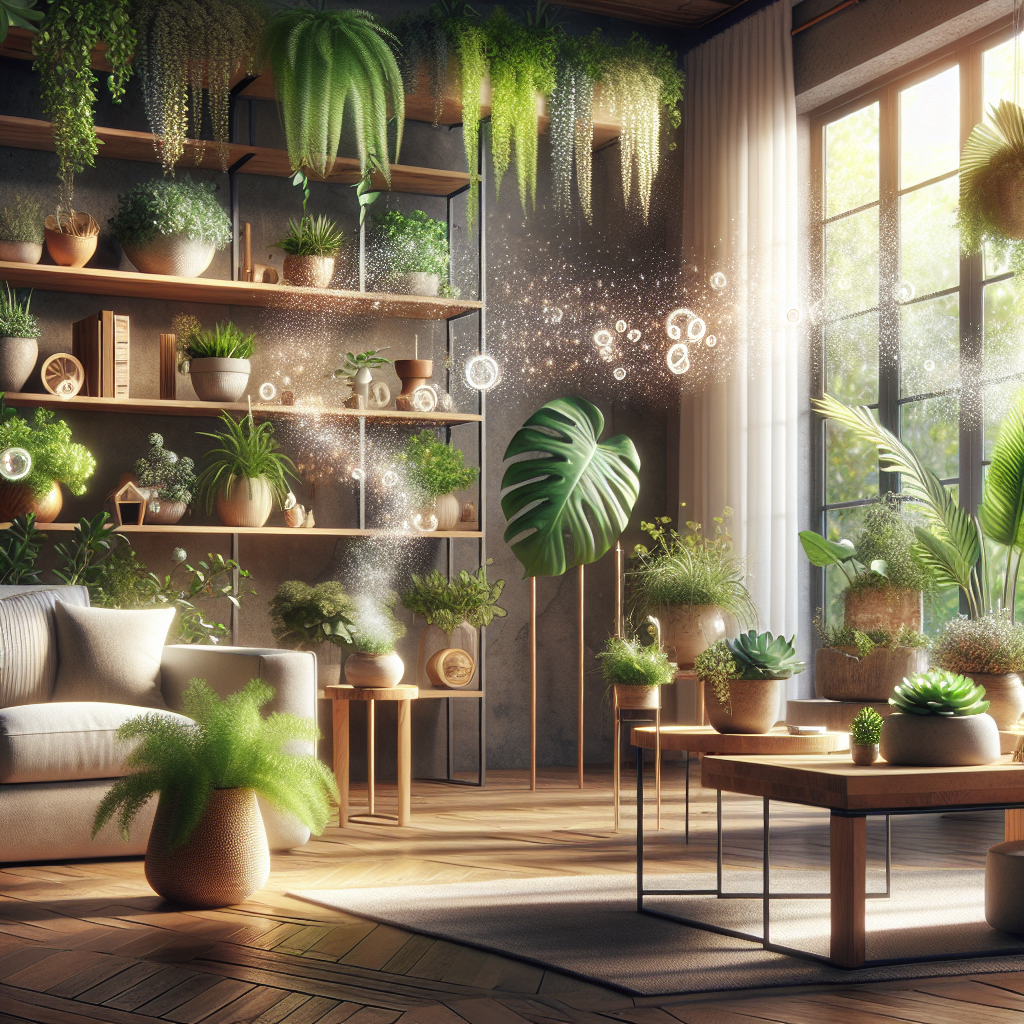Are you looking to improve the air quality in your home or office? If so, you’re in luck! This article will provide you with a comprehensive list of the best plants for indoor air purification. By introducing these plants into your space, you can enjoy cleaner and healthier air while adding a touch of natural beauty to your surroundings. So, let’s delve into the world of indoor plants and discover which ones are most effective at purifying the air you breathe.

Benefits of indoor air purification plants
Indoor air quality is a crucial factor that can greatly impact your overall well-being. With the increasing amount of pollutants and toxins present in our homes, it’s important to take steps to improve the air we breathe. One effective and natural way to achieve this is by incorporating indoor air purification plants into your living space. These plants not only add aesthetic appeal to your home but also offer numerous benefits that can enhance your physical and mental health.
Improving air quality
One of the primary benefits of indoor air purification plants is their ability to improve the overall quality of the air in your home. These plants work by absorbing harmful airborne pollutants such as formaldehyde, benzene, and xylene through their leaves and root system. By filtering out these toxins, they help to create a cleaner and healthier environment for you and your loved ones.
Reducing toxins
The presence of pollutants and toxins in our homes can have a negative impact on our health. Indoor air purification plants act as natural air filters, effectively reducing the concentration of harmful substances in the air. This can significantly reduce the risk of respiratory issues, allergies, and other health problems associated with exposure to indoor air pollutants.
Increasing humidity
Maintaining optimal humidity levels in your home is essential for your comfort and health. Dry air can lead to various issues such as dry skin, irritated eyes, and respiratory problems. Indoor air purification plants can help increase humidity by releasing moisture into the air through a process called transpiration. This natural humidifying effect can create a more comfortable living environment, especially during the dry winter months.
Enhancing mental well-being
In addition to their physical health benefits, indoor air purification plants also have a positive impact on mental well-being. Numerous studies have shown a strong connection between spending time in nature and improved mood, reduced stress levels, and increased productivity. Having plants indoors can bring a touch of nature into your home, creating a calming and soothing environment that promotes relaxation and overall mental well-being.
Factors to consider when choosing indoor air purification plants
When it comes to selecting indoor air purification plants, there are several factors to consider. Each plant has its own unique characteristics and care requirements, so it’s important to choose ones that will thrive in your specific living environment. Here are some key factors to keep in mind:
Plant size
Consider the available space in your home when choosing indoor air purification plants. Some plants can grow quite large, while others are more compact and fit well in smaller areas. It’s important to select plants that won’t overcrowd your living space and can be easily accommodated within your home.
Ease of care
Not all plants require the same level of care and attention. If you’re new to plant ownership or have a busy lifestyle, it’s wise to choose plants that are low-maintenance and can thrive in various conditions. Consider factors such as watering frequency, light requirements, and temperature tolerances when selecting indoor air purification plants that align with your lifestyle and available time for plant care.
Effectiveness in removing pollutants
Different plants have varying abilities to remove specific airborne pollutants from your home. Research the specific pollutants you’re concerned about, such as formaldehyde or benzene, and choose plants that are known to effectively absorb and filter out those particular toxins. This will ensure that you’re targeting the specific pollutants that are most prevalent in your indoor environment.
Toxicity to pets
If you have pets in your home, it’s important to consider the potential toxicity of indoor air purification plants. Some plants can be harmful or even poisonous to cats and dogs if ingested. Make sure to choose plants that are non-toxic to pets to keep your furry friends safe and healthy.
Allergenicity
While indoor air purification plants are generally beneficial for reducing indoor allergens, it’s essential to consider your own allergies when selecting plants. Certain plants, such as pollen-producing varieties, can trigger allergies in individuals who are sensitive to them. If you have known allergies, opt for plants that are considered hypoallergenic or have a low potential for triggering allergic reactions.
Aesthetics
Lastly, consider the visual aspect of indoor air purification plants. They can serve as decorative elements in your home, adding beauty and a touch of nature to your living space. Choose plants that complement your home’s interior design and personal aesthetic preferences. Whether you prefer lush foliage, colorful blooms, or unique shapes, there is a wide variety of indoor air purification plants to suit every taste and style.
Now, let’s explore some of the best indoor air purification plants and their specific characteristics:
1. Spider Plant (Chlorophytum comosum)
Overview
Spider plants are popular indoor plants known for their long, arching leaves that resemble spider legs. They are easy to care for and adapt well to different environments, making them a great choice for beginners.
Air purification abilities
Spider plants are highly effective in removing formaldehyde, carbon monoxide, and xylene from the air. They can significantly improve the air quality in your home and create a healthier living space.
Care tips
Spider plants prefer bright, indirect light but can tolerate low light conditions. They should be watered regularly, allowing the soil to dry out between waterings. Spider plants also benefit from occasional misting to increase humidity. They are non-toxic to pets, making them a safe choice for households with animals.
2. Snake Plant (Sansevieria trifasciata)
Overview
Snake plants, also known as mother-in-law’s tongue, are well-loved for their striking upright leaves with varying patterns. They are extremely resilient and can thrive in various lighting conditions and temperatures.
Air purification abilities
Snake plants excel at removing toxins like formaldehyde, benzene, trichloroethylene, and xylene from the air. They are known to be efficient air purifiers, making them an excellent choice for improving indoor air quality.
Care tips
Snake plants are low-maintenance and can tolerate both low and bright light conditions. They require infrequent watering, allowing the soil to dry out between waterings. Snake plants are toxic to pets if ingested, so it’s important to keep them out of reach of curious animals.

3. Peace Lily (Spathiphyllum)
Overview
Peace lilies are elegant and graceful plants with glossy, dark green leaves and beautiful white flowers. They are known for their ability to thrive in low-light environments, making them ideal for areas with limited natural light.
Air purification abilities
Peace lilies are effective in removing pollutants such as formaldehyde, benzene, and trichloroethylene from the air. They also act as natural humidifiers, increasing the humidity in your home.
Care tips
Peace lilies prefer low to moderate indirect light and should be watered when the soil starts to dry out. They are sensitive to overwatering, so it’s best to keep the soil slightly moist rather than saturated. Peace lilies are considered toxic to pets, so it’s important to keep them away from curious animals.
4. Boston Fern (Nephrolepis exaltata)
Overview
Boston ferns are lush, feathery plants that add a touch of elegance to any indoor space. They are well-suited for hanging baskets or as floor plants, thanks to their arching fronds and ability to tolerate shaded environments.
Air purification abilities
Boston ferns are effective in reducing formaldehyde, xylene, and other toxins commonly found in indoor environments. They excel in humid conditions and can help improve the overall air quality in your home.
Care tips
Boston ferns prefer indirect light and high humidity levels. They should be placed in a well-draining potting mix and require regular watering to keep the soil consistently moist. Mist the fronds regularly to mimic their natural humid environment. Boston ferns are non-toxic to pets, making them a safe choice for households with animals.

5. Areca Palm (Dypsis lutescens)
Overview
Areca palms, also known as butterfly palms, are tropical indoor plants with feathery, arching fronds. They are excellent at creating a tropical ambiance in your home and are well-suited for larger spaces.
Air purification abilities
Areca palms are effective air purifiers, particularly when it comes to removing formaldehyde, benzene, carbon monoxide, and xylene. They can significantly improve the air quality in your home.
Care tips
Areca palms thrive in bright, indirect light but can tolerate lower light conditions. They require well-draining soil and should be watered regularly, allowing the top inch of soil to dry out before watering again. Areca palms are non-toxic to pets, making them a safe option for households with animals.
6. Aloe Vera (Aloe barbadensis miller)
Overview
Aloe vera is a versatile plant that is well-known for its medicinal properties. It has thick, fleshy leaves and is easy to care for, making it a popular choice for indoor gardening.
Air purification abilities
Aloe vera is effective in removing formaldehyde and benzene from the air. It releases oxygen at night, making it a unique addition to your indoor air purification plant collection.
Care tips
Aloe vera prefers bright, indirect light and well-draining soil. It should be watered thoroughly but allowed to dry out between waterings to prevent root rot. Aloe vera can be toxic to pets if ingested, so it’s important to keep it away from curious animals.

7. Rubber Plant (Ficus elastica)
Overview
Rubber plants are attractive, glossy-leaved plants that add a touch of elegance to any indoor space. They are relatively low-maintenance and can adapt well to different lighting conditions.
Air purification abilities
Rubber plants are effective at removing formaldehyde, benzene, and trichloroethylene from the air. They can significantly improve the indoor air quality in your home.
Care tips
Rubber plants prefer bright, indirect light but can tolerate lower light conditions. They require well-draining soil and should be watered when the top inch of soil feels dry. Rubber plants are toxic to pets if ingested, so it’s important to keep them out of reach of curious animals.
10. English Ivy (Hedera helix)
Overview
English Ivy is a popular trailing plant known for its lush, green foliage and ability to grow in various conditions. It can be grown in hanging baskets or trained to climb on walls and trellises.
Air purification abilities
English Ivy is effective in reducing airborne toxins such as formaldehyde, benzene, xylene, and toluene. It can significantly improve the air quality in your home.
Care tips
English Ivy thrives in bright, indirect light but can tolerate lower light conditions. It prefers consistently moist soil and benefits from regular misting to increase humidity. English Ivy is toxic to pets and should be kept out of reach of animals.
In conclusion, indoor air purification plants offer numerous benefits for your overall health and well-being. By improving air quality, reducing toxins, increasing humidity, and enhancing mental well-being, these plants can contribute to creating a healthier and more enjoyable living environment. When selecting indoor air purification plants, consider factors such as plant size, ease of care, effectiveness in removing pollutants, toxicity to pets, allergenicity, and aesthetics. With a wide variety of plants to choose from, including Spider Plant, Snake Plant, Peace Lily, Boston Fern, Areca Palm, Aloe Vera, Rubber Plant, and English Ivy, you can find the perfect plants that suit your preferences and living space. So go ahead and bring the benefits of nature indoors with these fantastic air-purifying plants!




